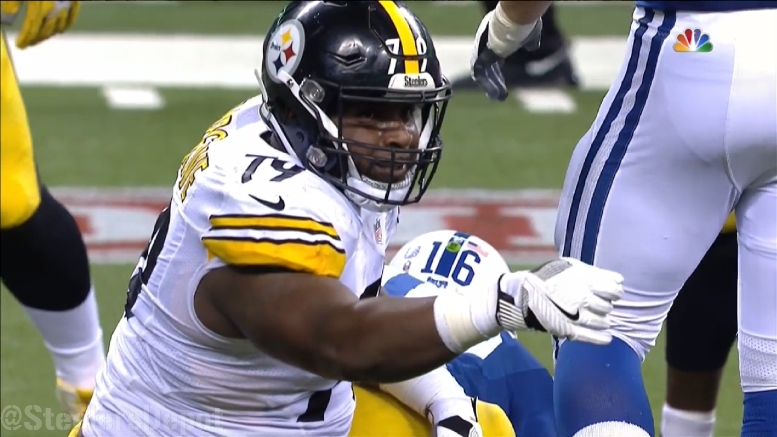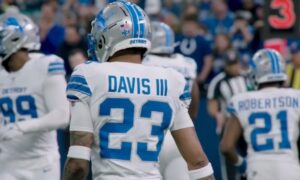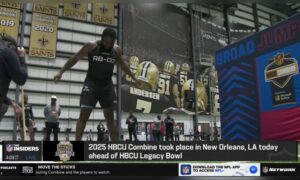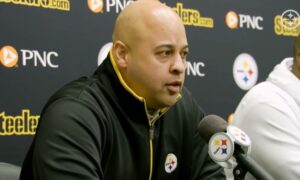There are not a lot of meaningful conclusions that you can reach about a player after the end of his first season, but that certainly doesn’t stop people from talking about it. You can find just about any variety of analysis that you would care to read if you just look for it, complete with bold letter grades.
I’m not going to do that. But I am going to talk about the Pittsburgh Steelers’ 2016 NFL Draft class, both collectively, in this article, as well as individually, in succeeding articles.
The Steelers entered the draft process this past year with seven draft picks, including their natural draft picks sans their fifth, which they gave up in a trade for Brandon Boykin, plus an extra seventh-round pick in exchange for Brad Wing.
In contrast to recent history, the Steelers received significant playing time on defense from three rookies, while also getting some minor contributions from some late-round picks to boot. In terms of rookie seasons, it was the most successful class in recent memory.
Player: Javon Hargrave
Draft Status: 3rd round (89th overall)
Snaps: 492
Starts: 13
Although technically making 13 starts during his rookie campaign, Javon Hargrave was the lone rookie to be an opening-day starter as the team’s top nose tackle. Except that the Steelers opened in their nickel defense in the season opener, as well as in the game against the Jets. The other game in which he is not credited with a start is the one that he missed with a concussion late in the regular season against Buffalo.
A small-school product out of South Carolina State, Hargrave was a heavily-scouted prospect for the Steelers, even sending Joe Greene down to his Pro Day to get a good look at him. The North Carolina native benefitted greatly from his strong showing during the Senior Bowl leading up to the draft process, which resulted in many more eyes taking note of him.
Having lost Steve McLendon, their starting nose tackle, during free agency, the Steelers were in the market for a new nose tackle, but their vision of the position, and its value, has evolved with the times, and they did not want to use a premium selection at the spot for a player who was not versatile as a pass rusher.
Many pegged Andrew Billings as the obvious choice for the team, as early as the first round, but the big nose tackle plummeted far lower than draft analysts anticipated, to the fourth round. By then, the Steelers had already gotten Hargrave in the third.
And he never really showed any signs of a learning curve as a small-school product, with his natural abilities translating well to the higher level of competition. John Mitchell worked with him extensively on his handwork, much to his benefit during his rookie campaign.
On the season, Hargrave recorded 27 tackles and two sacks, adding another sack in the playoffs. His role exploded in importance after Cameron Heyward was lost to the injured reserve list, and his versatility as an athletic interior rusher became critical for the team’s 2017 success.
The second-year player should see a good deal more time working in a regular rotation with the rest of the starting line in their two-man nickel front in addition to logging the vast majority of 3-4 nose tackle responsibilities.








